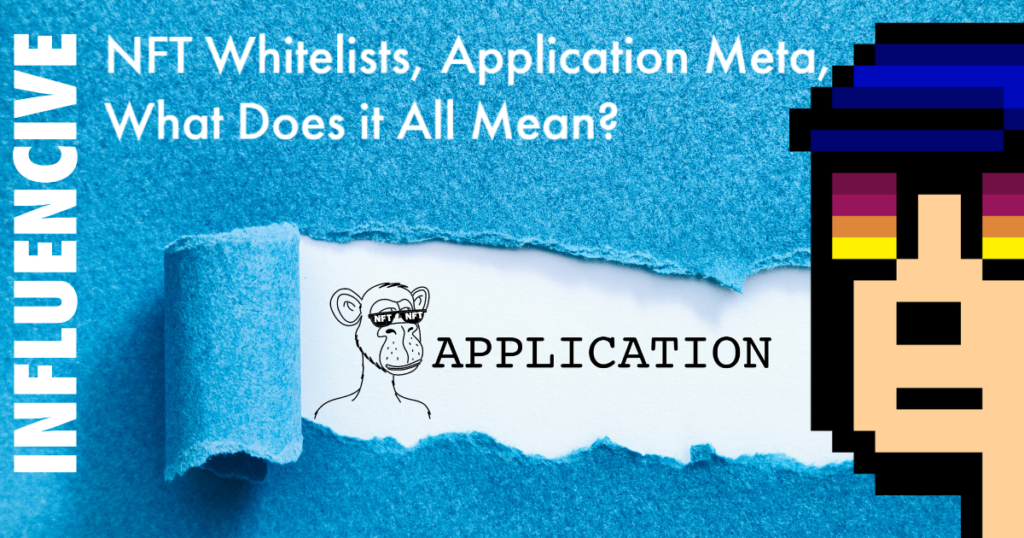As the general public struggles to understand non fungible tokens (NFTs) and their multiple use cases, there is a whole new vocabulary that may be encountered. While many have read stories of lucky minters snagging Cryptopunks on the initial mint or sale, the question is, were they lucky, or just paying attention?
How Did Investors Get Cryptopunks for Free?
Investors would have needed to be in the Ethereum ecosystem and paying close attention to NFTs back in 2017, a time when NFTs were not well known. They launched for free and anyone with an Ethereum wallet could have minted one, or rather published it on the blockchain making it available for trading. With Cryptopunks now worth millions, investors are struggling to jump in and keep up with what’s new. This is no easy task because the language and method for gaining access to new NFT projects changes regularly.
What is an NFT Whitelist?
One term new investors might see and not understand is whitelists. When a person is whitelisted for an NFT launch, it means their crypto wallet address has been added to a list. This list guarantees the option to mint at often a cheaper price prior to the public launch. Most NFTs are launched with a maximum supply with usually no more than 10k NFTs being available. Getting on an NFT whitelist means you can skip the race and gas wars, or high cryptocurrency trading fees associated with minting popular projects.
Is NFT Whitelist Grinding a Thing?
Many variations were added to the NFT whitelisting process. Some projects would require engagement in community chat groups or social media activity. This was often referred to as whitelist grinding and some find it time consuming and tedious. Others, though, consider grinding for NFT whitelists exciting as projects deliver new challenging ways to offer early access. Puzzles, cyphers, and riddles are often employed or even inviting the community to contribute with fan art, lore and more. These challenges often help to provide a sense of actual community as members work together to earn access.
There is a reason for all of this though, and the reason is investors can potentially make serious gains on snagging NFTs under the public mint price. Aside from just flipping for profit, some of these communities become valuable far beyond the NFT offering alpha and early access to other even more profitable investments and opportunities. But before anyone rushes out to learn NFT whitelist grinding, know that the rules change often. One of the latest tactics employed by NFT projects is quite different and requires an entirely new skillset.
Can Investors Apply for NFT Whitelists? Application Meta Explained
NFT projects are evolving during the bear market and the investor public is demanding more use cases from their NFT purchases. Several projects have started requiring applications for whitelists and the term “application meta” was born. These applications go deep into the investor’s history, claiming they only want people of value and Web3 substance in their project, not speculators and flippers. Two notable projects currently requiring applications are Valhalla and the Arc Community. Both these projects and many others are trying to organize exclusive and curated groups of people. While the fate of application meta is unknown, it certainly seems to be garnering attention and is always worth taking note and staying on top of any new twists in the NFT market.
Opinions expressed here are opinions of the Author. Influencive does not endorse or review brands mentioned; does not and cannot investigate relationships with brands, products, and people mentioned and is up to the Author to disclose. Accounts and articles may be professional fee-based.

